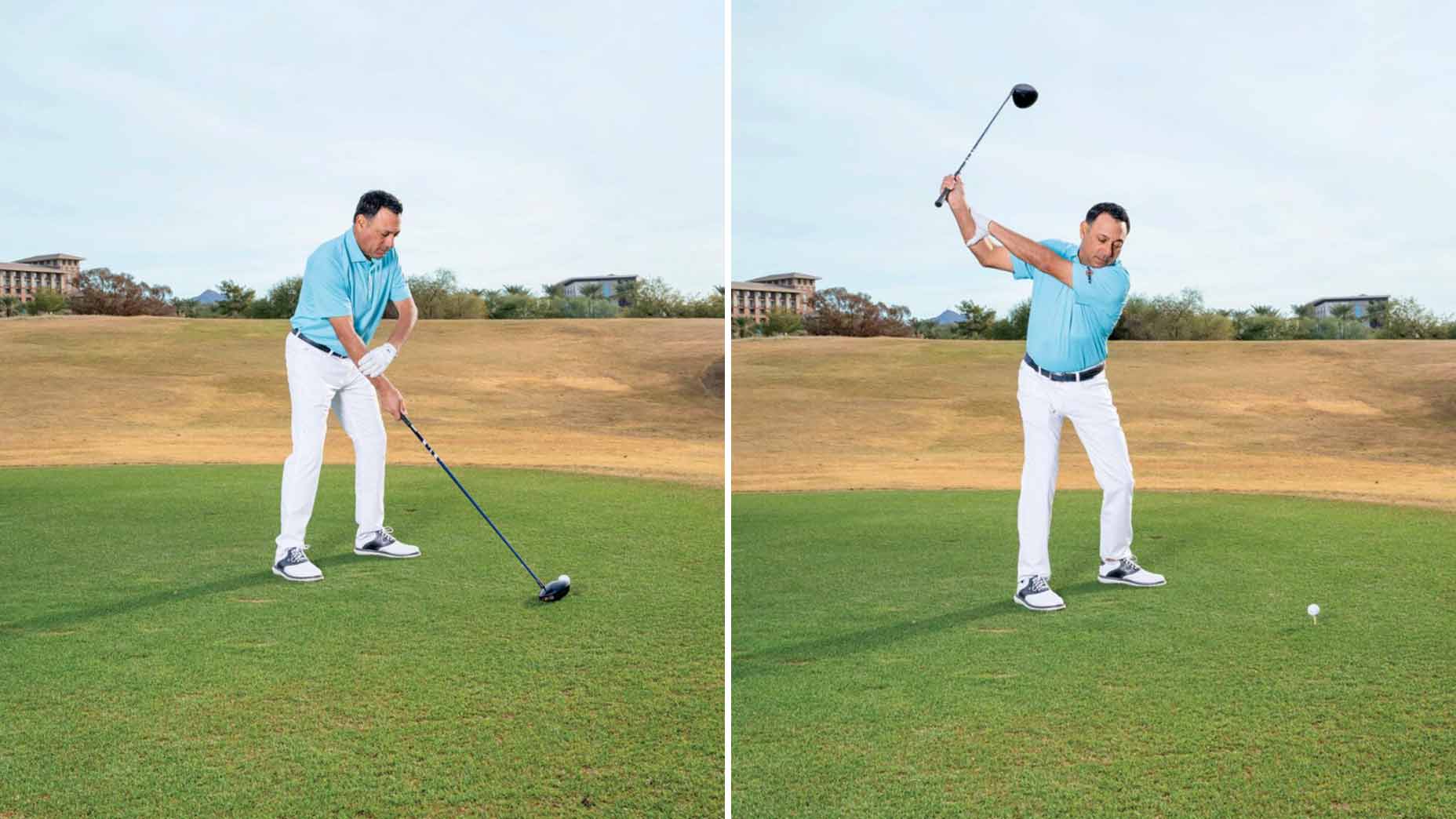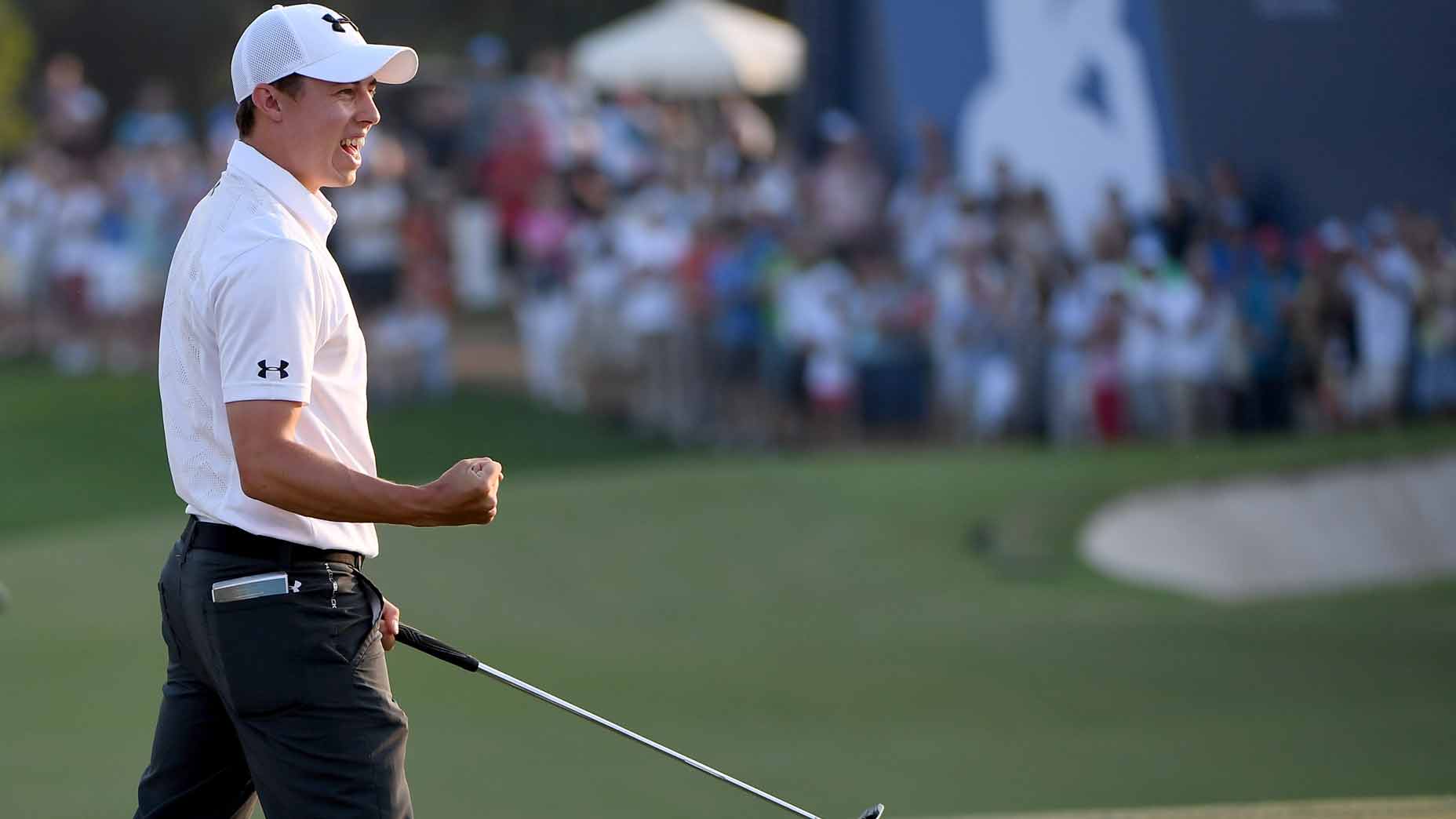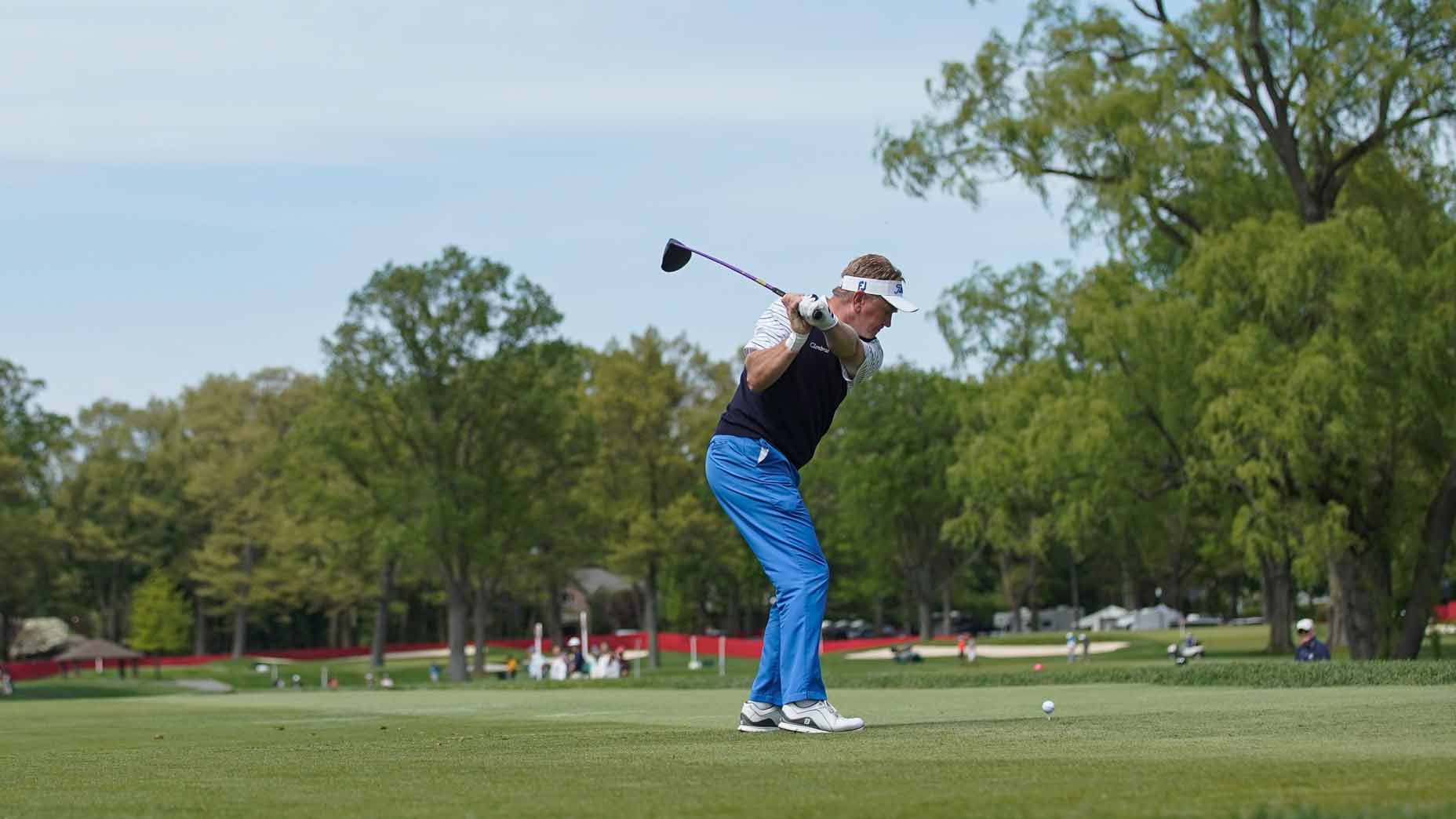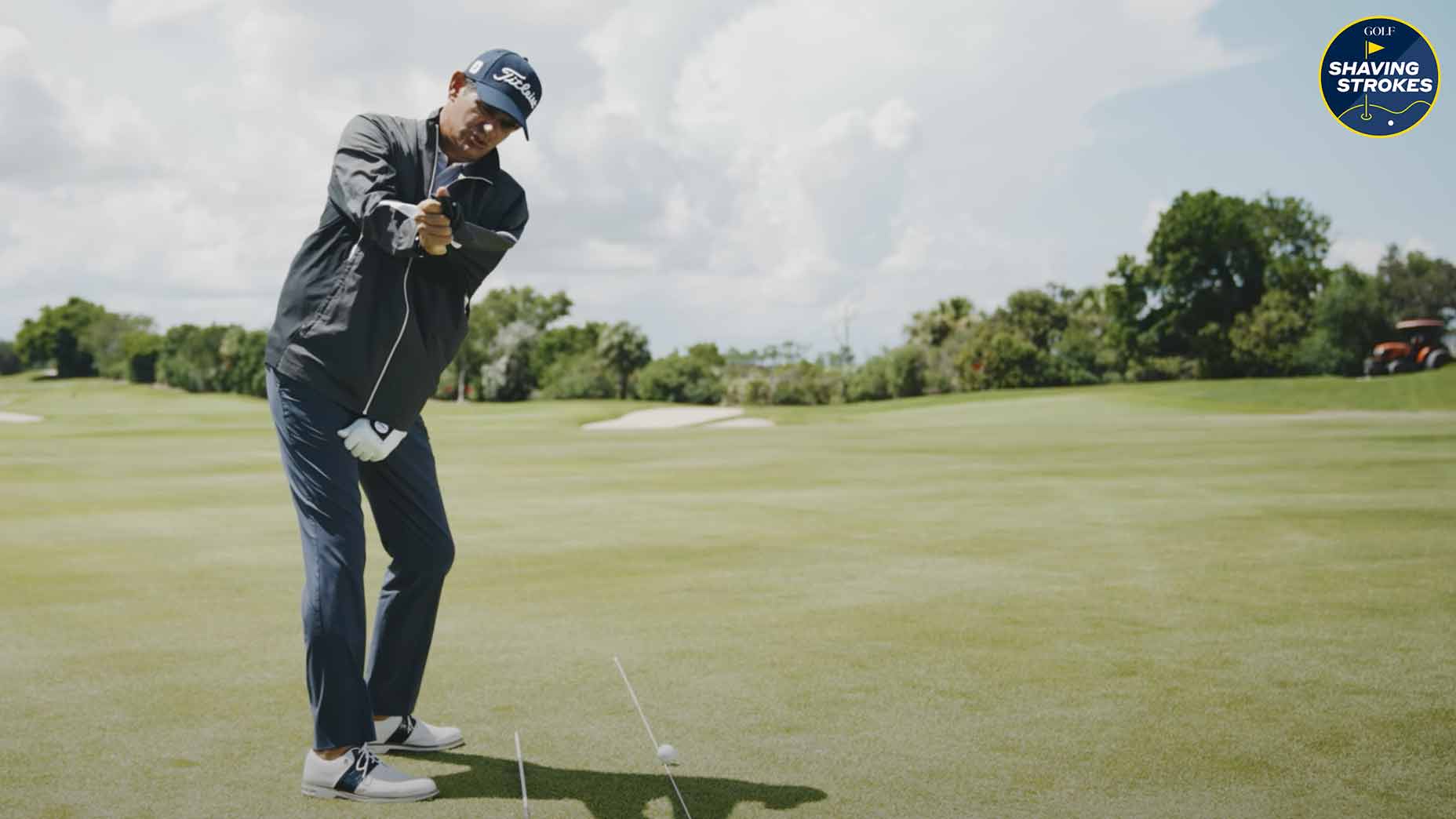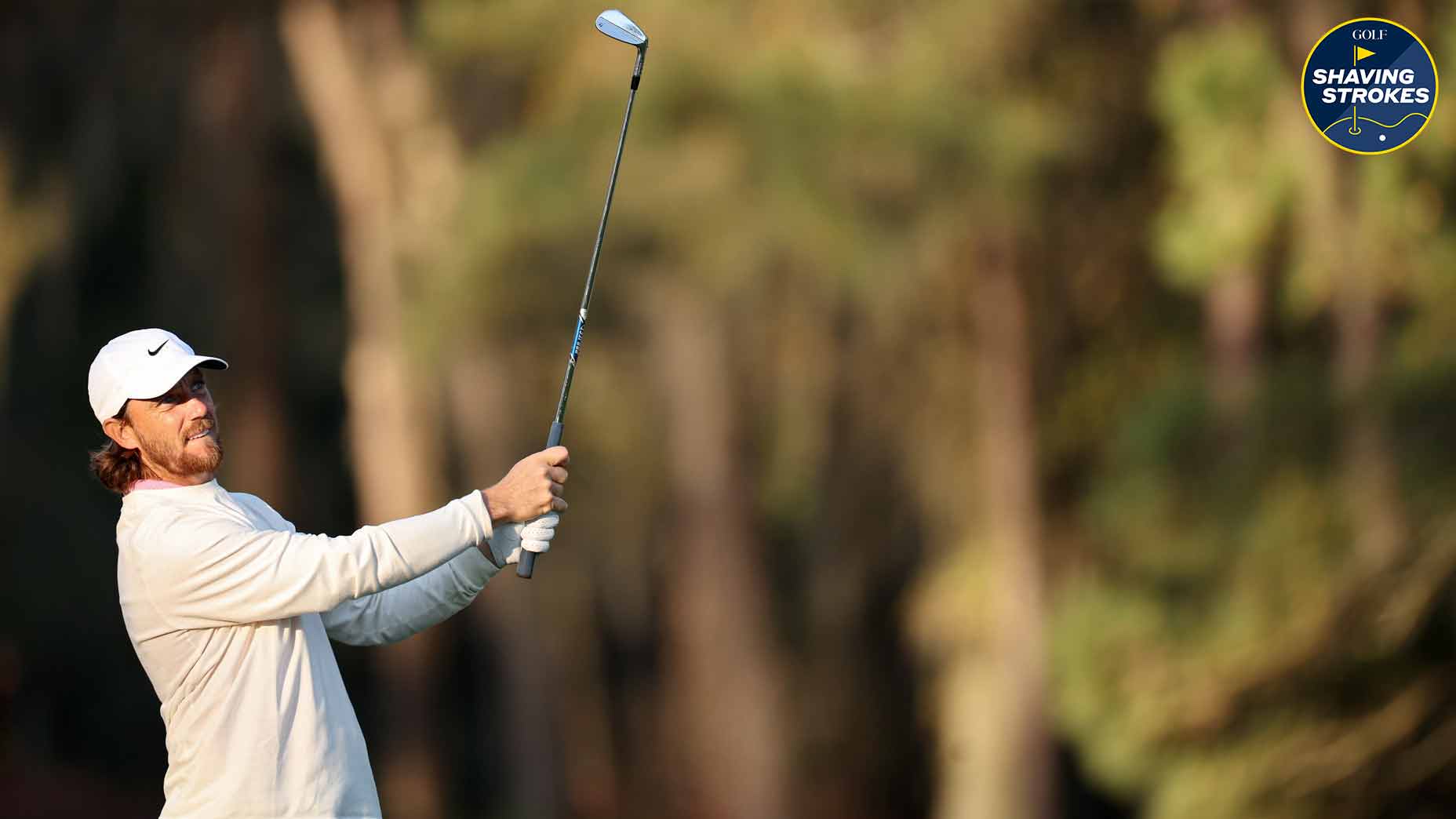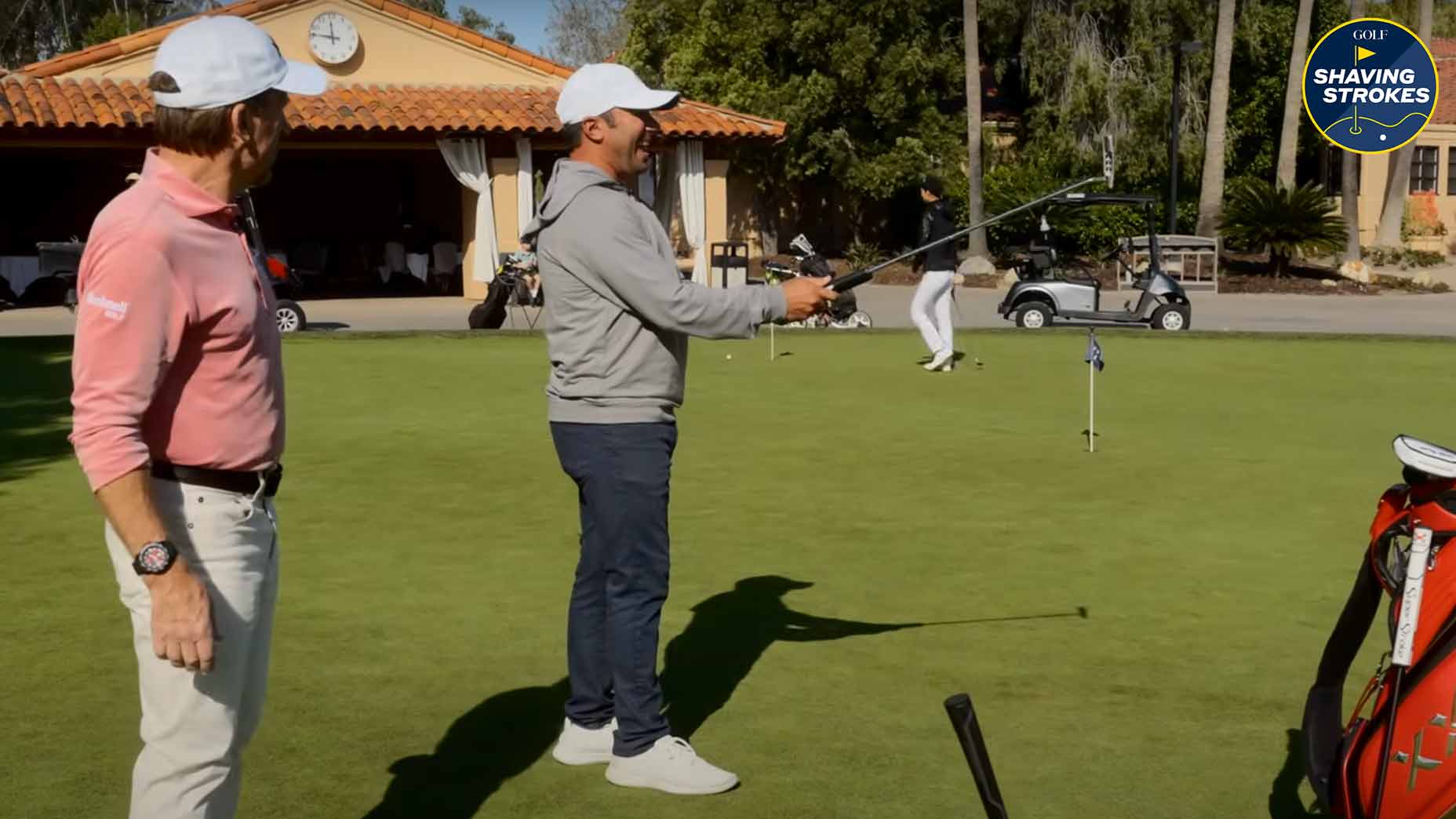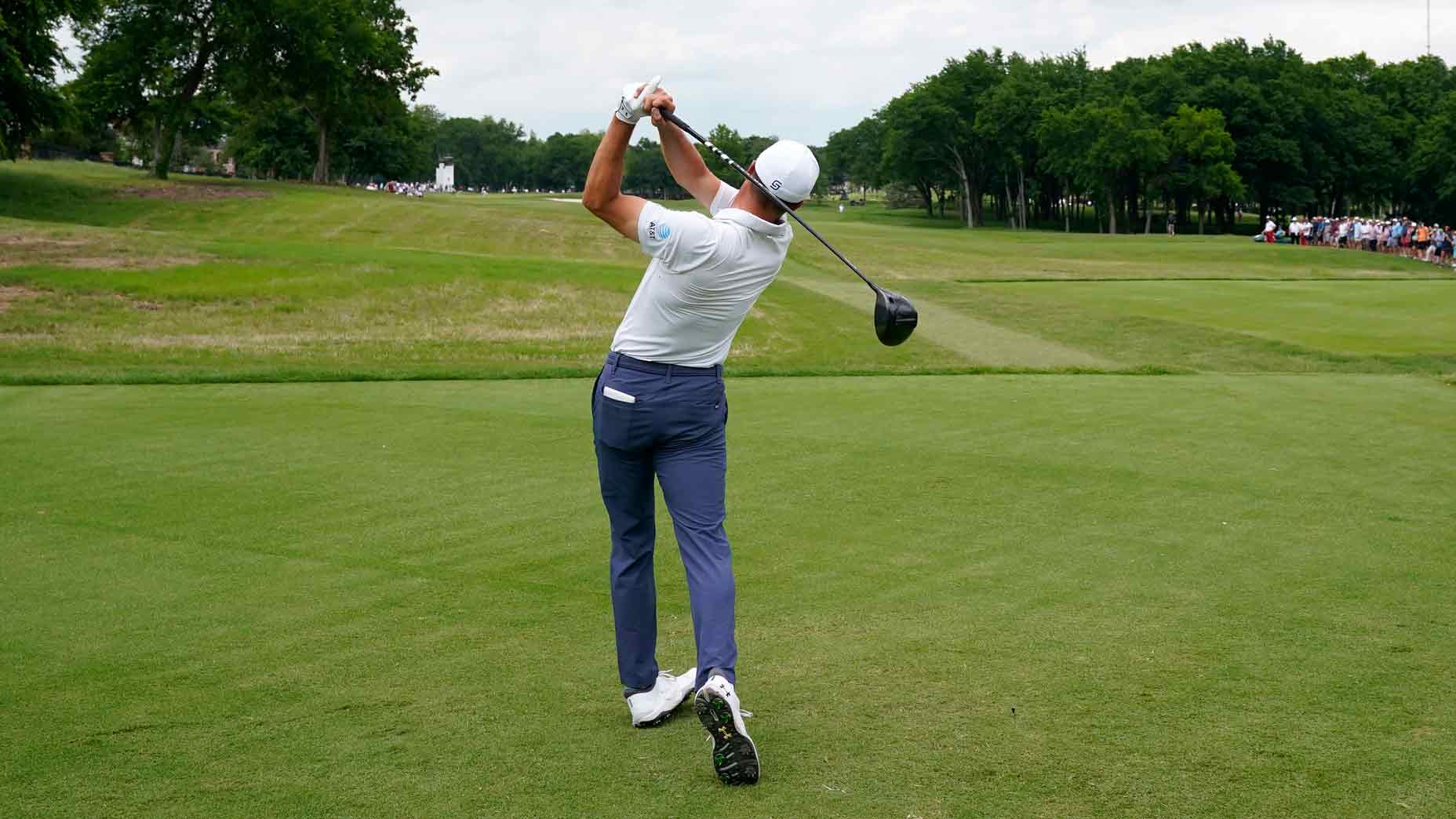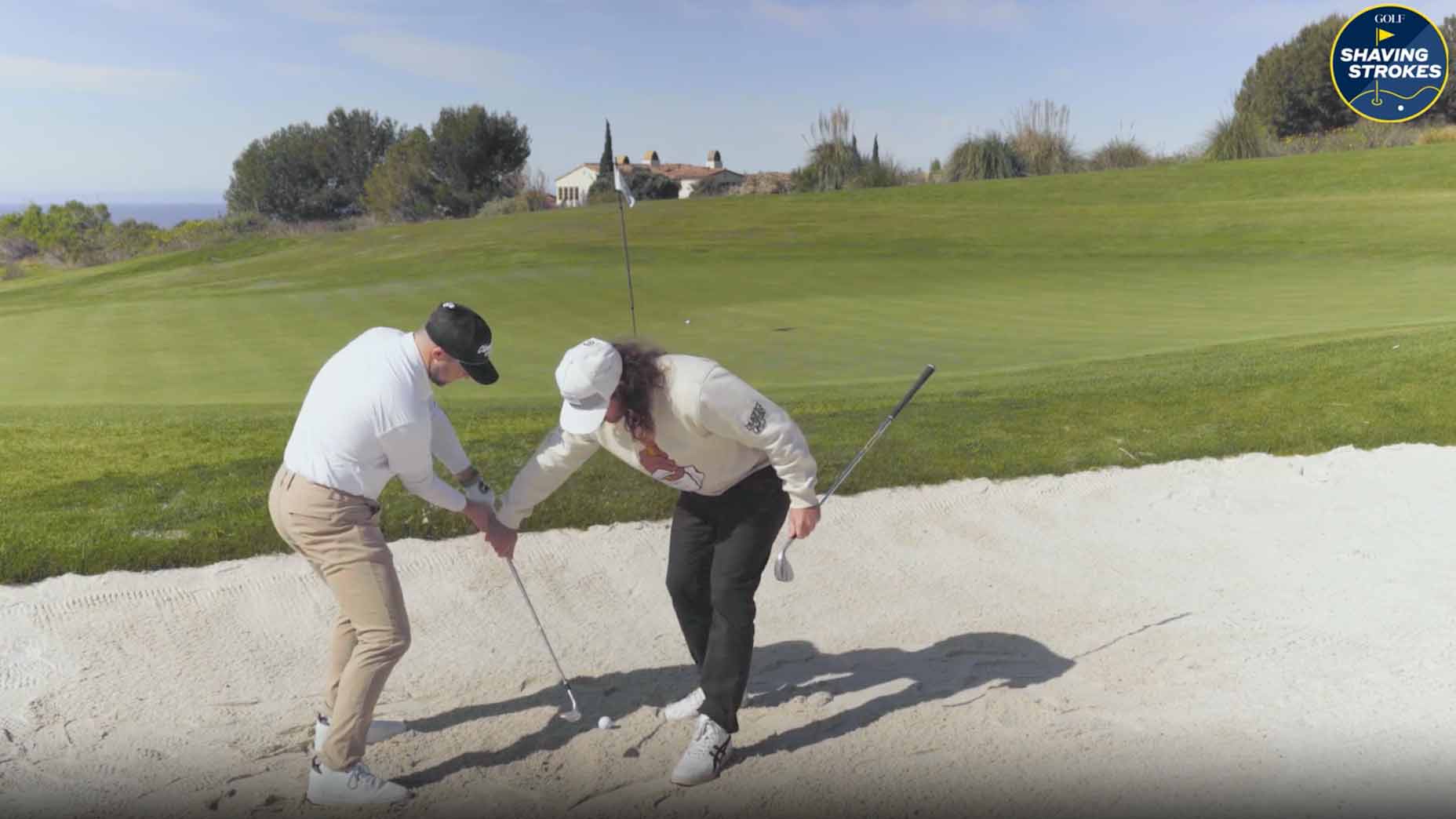15 must-have golf tips from our newest Top 100 Teachers

The newest members of our illustrious GOLF Top 100 Teachers list reveal their must-know golf tips.
GOLF.com
Welcome to Play Smart, a regular GOLF.com game-improvement column that will help you play smarter, better golf.
If you’re anything like I am, you’re always appreciative of (and in need of) some good golf tips.
While most of our Play Smart stories provide one helpful piece of information that players can take to the golf course with them, today’s article is much, much bigger than that — because we’re giving you 15 golf tips!
After announcing our 2024-25 GOLF Top 100 Teachers this week, we decided to tap into the 15 newest members of the illustrious group. So we asked each of the newbies to give us a quick tip to remember before teeing off next. Take a look below to see what type of instruction each provided — and write them down to help you lower your score during your next round!
15 quick golf tips from our newest Top 100 Teachers
Whether you’re on the hunt for a new putting tip, need some help making better contact, or could use a refresher on gripping the club the right way, our 15 newest Top 100 Teachers share their knowledge.
So familiarize yourself with each of these newest top teachers, because you’ll be seeing lots of great golf tips from each of them for years to come.

1. Rob Akins
Tip: How to have better ball-striking
It amazes me how often I meet a new student that doesn’t have a clue about proper ball-ground contact. Sure, many players fight a slice or a hook, but solid contact with the ball is their biggest problem.
Many of these players have been trying to improve for 20-30 years, and take lessons or practice regularly. They think that looking at the ground behind the ball is the correct mental picture. When asked where contact with the clubhead to the ground should take place, they’re confused.
Most believe they should be trying to strike the ground before the ball. This creates massive problems with solid contact!
I found that by placing the ball on the tee box cut-line, the student moves their focus from the short grass, where the ball is sitting, to the tall grass in front. This works like magic! This improves contact immediately, and I call this forward-thinking.

2. Jason Birnbaum
Tip: How to compress the golf ball like a pro
Every golfer wants to pure their irons, and the only way is to strike the ball first! To achieve this, tilt your head forward and slightly towards the target, almost as if you’re viewing the ball out of your right eye (for a right-handed golfer), then focus on striking the turf where you’re looking at in front of the ball.
By doing this, you’ll move your low point more forward and start striking your irons better than ever before.
Clean contact and compression are usually only words associated with Tour pros, but you can achieve this as well, taking a divot in front of the ball by focusing your eyes more forward at address.

3. Shawn Callahan
Tip: Dial in your alignment
Alignment is crucial in hitting good golf shots, and getting aligned is much simpler than you may think.
Start by setting the club behind the ball and pointing the face at your target. Do this before you set your stance.
Now, as you look at the target, begin to set your feet. Don’t look at the ball, but rather stare at your target as you set your feet onto a stance. This will get you into your natural alignment to the target. I’ve never seen anyone ever get very far off their alignment with this method.
If you watch the pros closely, you’ll see they do this exact set of steps to get aligned to their targets. Especially on short pitch shots of 30-60 yards.
Get in this habit and you’ll play better immediately.
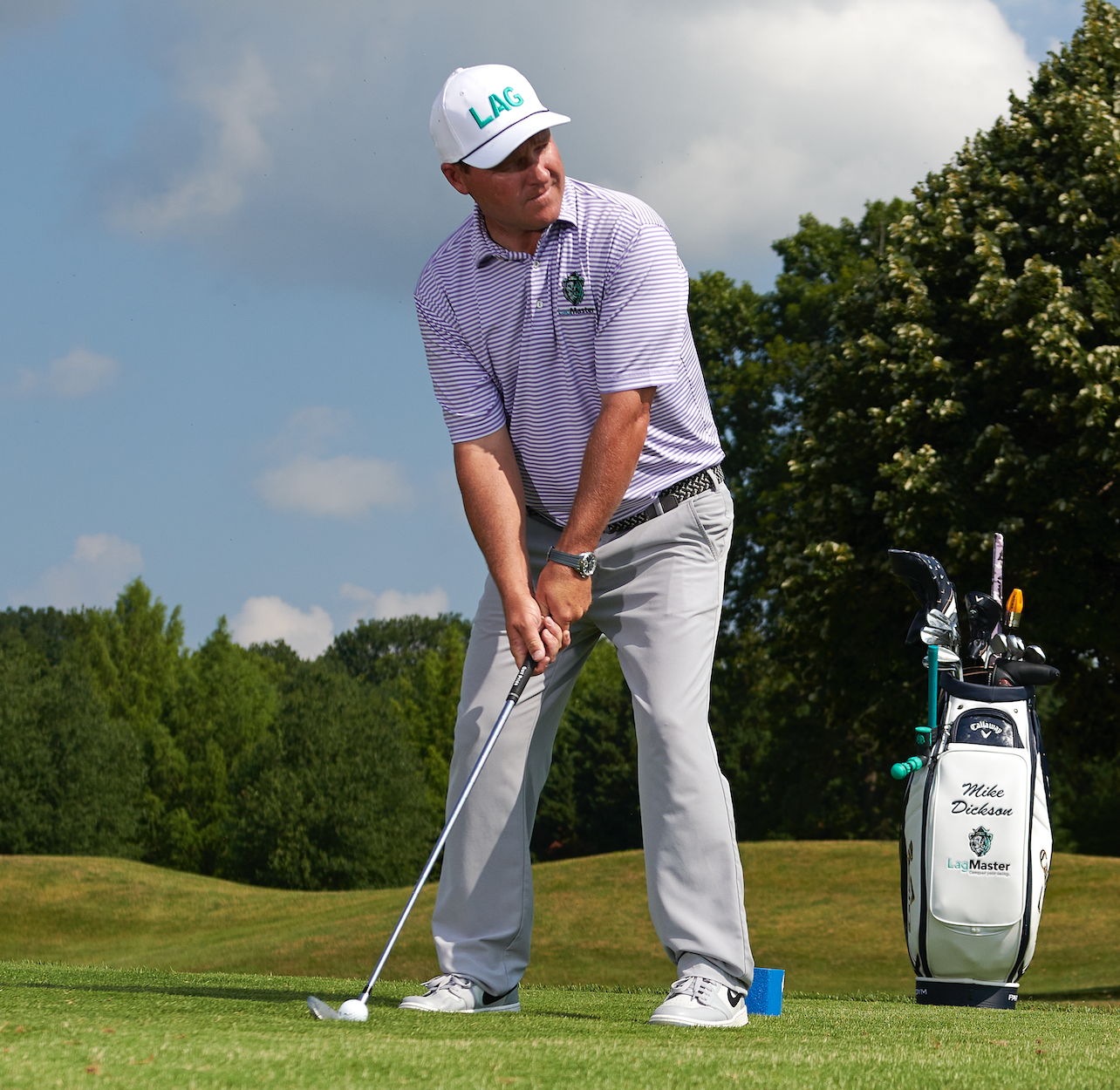
4. Mike Dickson
Tip: Every swing starts with a great grip
Most golfers remove vital components in the swing, such as rotation, speed, or length of swing, in an attempt to gain more control and consistency.
What makes gripping the club correctly even more difficult is that the proper left-hand grip (for a right-handed player) doesn’t feel natural or comfortable.
Let’s walk through taking a ‘Tour Neutral’ left-hand grip to help eliminate that slice.
Items needed: A sharpie, a golf glove, and a golf club.
Now, simply place a small dot with the sharpie in the middle of the webbing between your thumb and pointer finger. While holding the club with your right hand up in front of you, place your heel pad on the grip first, then your thumb pad; closing your fingers last.
The dot on the glove should be centered down the middle of the grip.
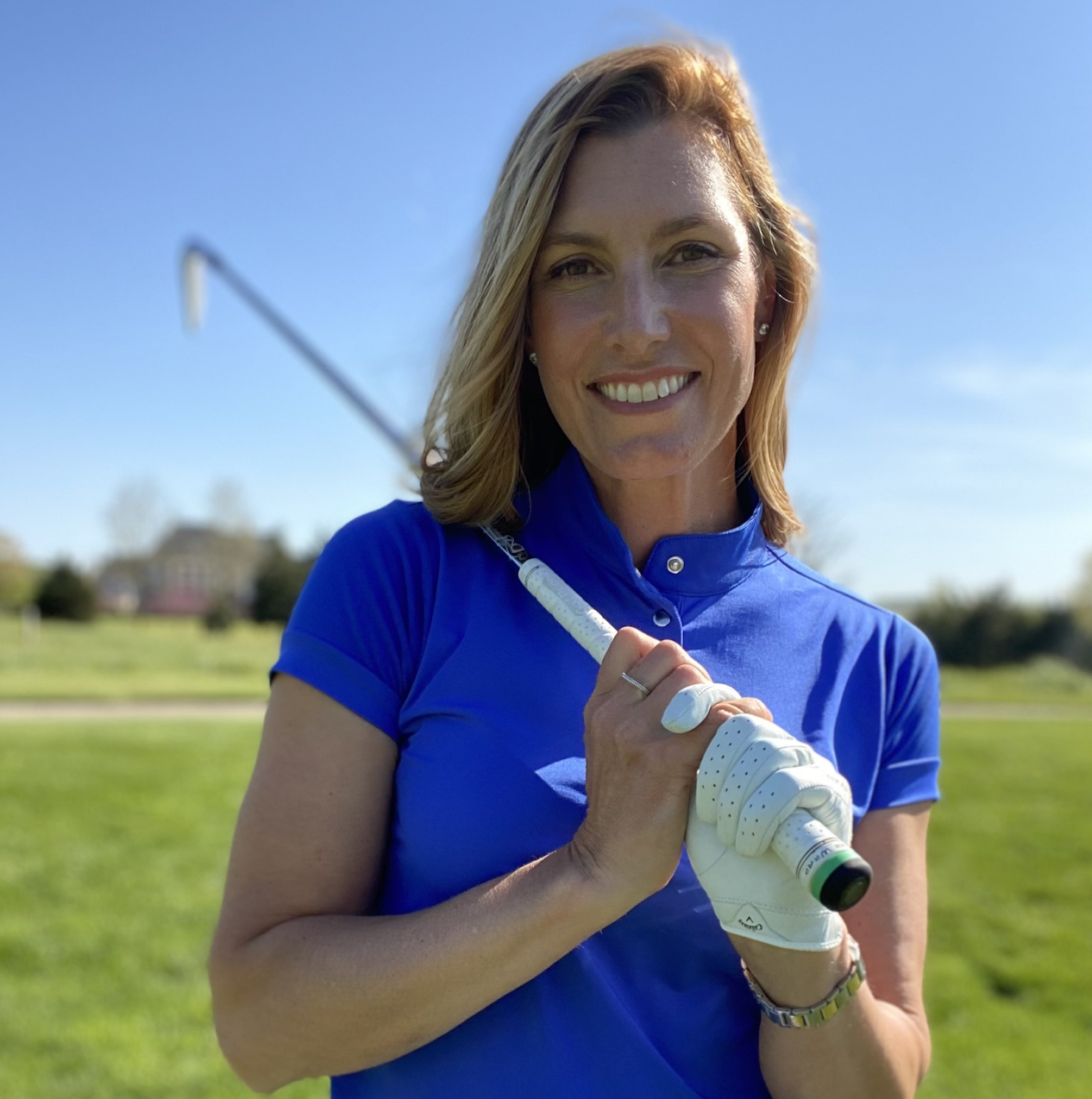
5. Erika Larkin
Tip: How to stop the chop
One of my favorite driver drills is called “Air swings” — here’s how it works.
Grip your driver, stand up tall, and point the shaft out in front of you at chest height and parallel to the ground. Now make some full body, full speed “air swings” back and through in balance (kind of like a baseball swing).
See and feel the club swinging around you at a 90-degree angle to your spine, like a wheel around an axis. Let your wrists hinge and unhinge naturally, and let each heel take a turn, lifting up as you pivot back and through (avoid staying flatfooted).
Now it’s time to hit a ball using this same motion.
Simply bow your chest down to golf posture, floating the club next to the ball on the tee and swing! Keep the feeling and geometry of the simple perfect circle around your spine. Remember, it’s still an “air swing”, just at a lower angle in space!
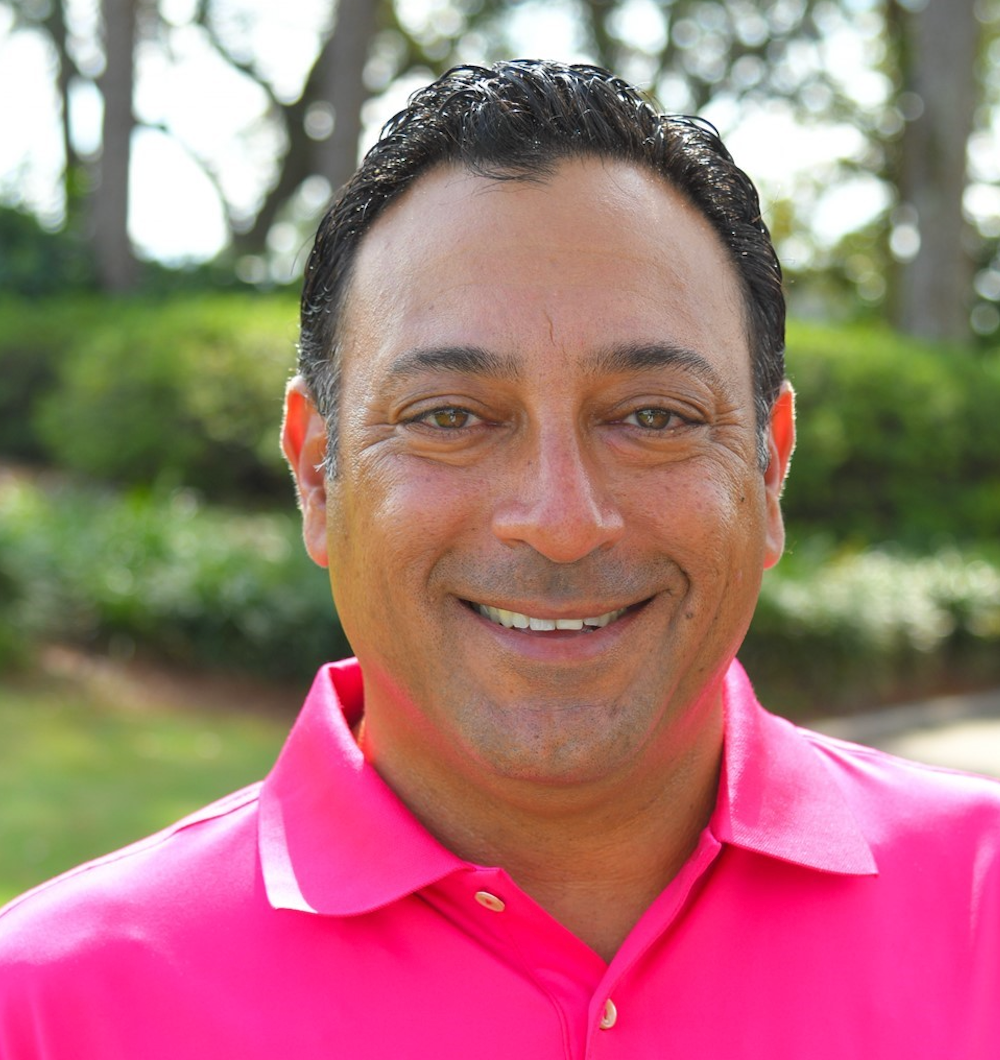
6. Mike Malizia
Tip: Master the three-quarter shot
Tour players strive to hit their short irons lower for accuracy, so to accomplish this, try choking down two inches on the club. By choking down on the club, this will achieve two things.
First, it makes the shaft stiffer, which helps with lowering the ball flight. Second, because the club is shorter, it will help reduce the length of your backswing.
Next, play the ball two inches back in your stance. By doing this, it will help you compress the ball, allowing you to have more distance control.
Finally, keep your weight on your lead leg during the swing. After you made the necessary adjustments at address, it’s time to execute the shot.
Since this three-quarter shot isn’t a power shot, there’s no need to fully load your tail leg in the backswing. Instead, keep the majority of your weight 60-65% on your lead leg while swinging.

7. Liam Mucklow
Tip: Focus on practicing golf, not just the golf swing
Most golfers spend countless hours only practicing the golf swing and not actual golf. So here are some simple practice habits that will help you immediately score better.
Practice curving the ball towards your target. Most amateurs focus on starting it at their target, then curve it away from the target.
Spend 10 minutes each day doing wedge ladders. Work on carrying your wedge 35, 40, 45, 50, 55, 60, 65, 70, and 75 yards. Climb up and down the ladder at least once a day.
Improve your speed on the putting green by never hitting the same putt twice. Vary your practice putts from 10-40 feet, and from both uphill and downhill lies.
Practice will be harder for you, but your on-course performance will improve by following the above tips.
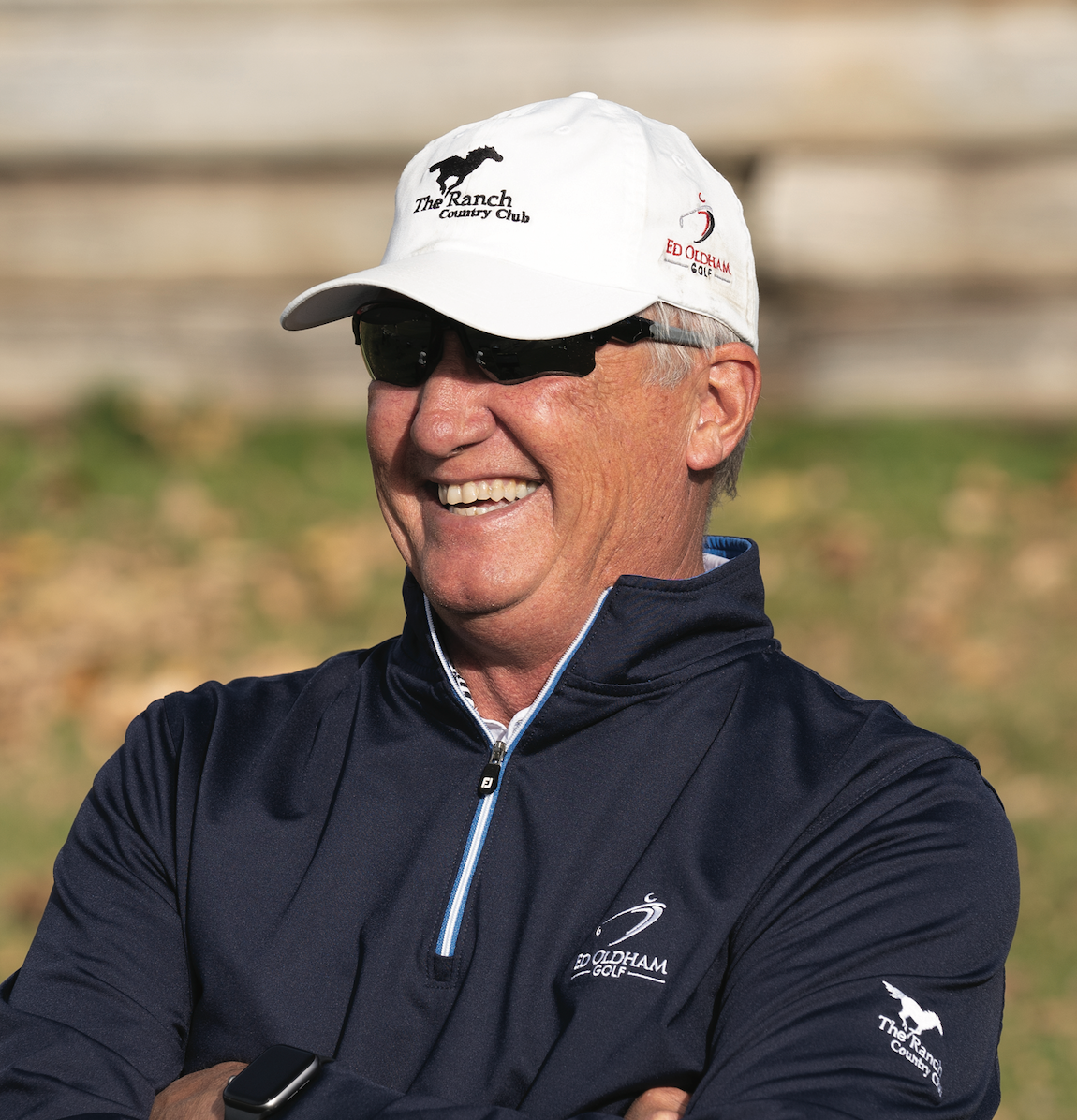
8. Ed Oldham
Tip: Keep it external for faster change
Focusing on something on the outside of your body, rather than thinking about moving body parts in a different way, will help you change your swing. Here are a few examples.
Cupped left wrist on the top? Rotate the logo on your glove to the sky at the top of the backswing.
Need more backswing turn? Turn your shirt buttons back, rather than thinking about making a shoulder turn. Your brain will have an easier time with the motion, and you will improve much more quickly as a result.

9. John Scott Rattan
Tip: Organize your swing early to build a functional backswing
So many players struggle to organize their backswing and get into a position to be functional on their delivery. Think of it like this: “The arms can control where the shaft is going, and the hands and wrists can influence where the clubhead goes.”
To fix an inside or outside take away, players often think they need to alter their hand path, and the clubhead then responds in a way that makes the swing even worse.
For example, if a player is told they are inside on the backswing, they instantly try to get their arms further away from them as a cure. Unfortunately, this just throws gas on the fire.
To remedy this issue, keep the arms close to your legs on the take back, while changing your wrist angles to encourage the clubhead to set differently.
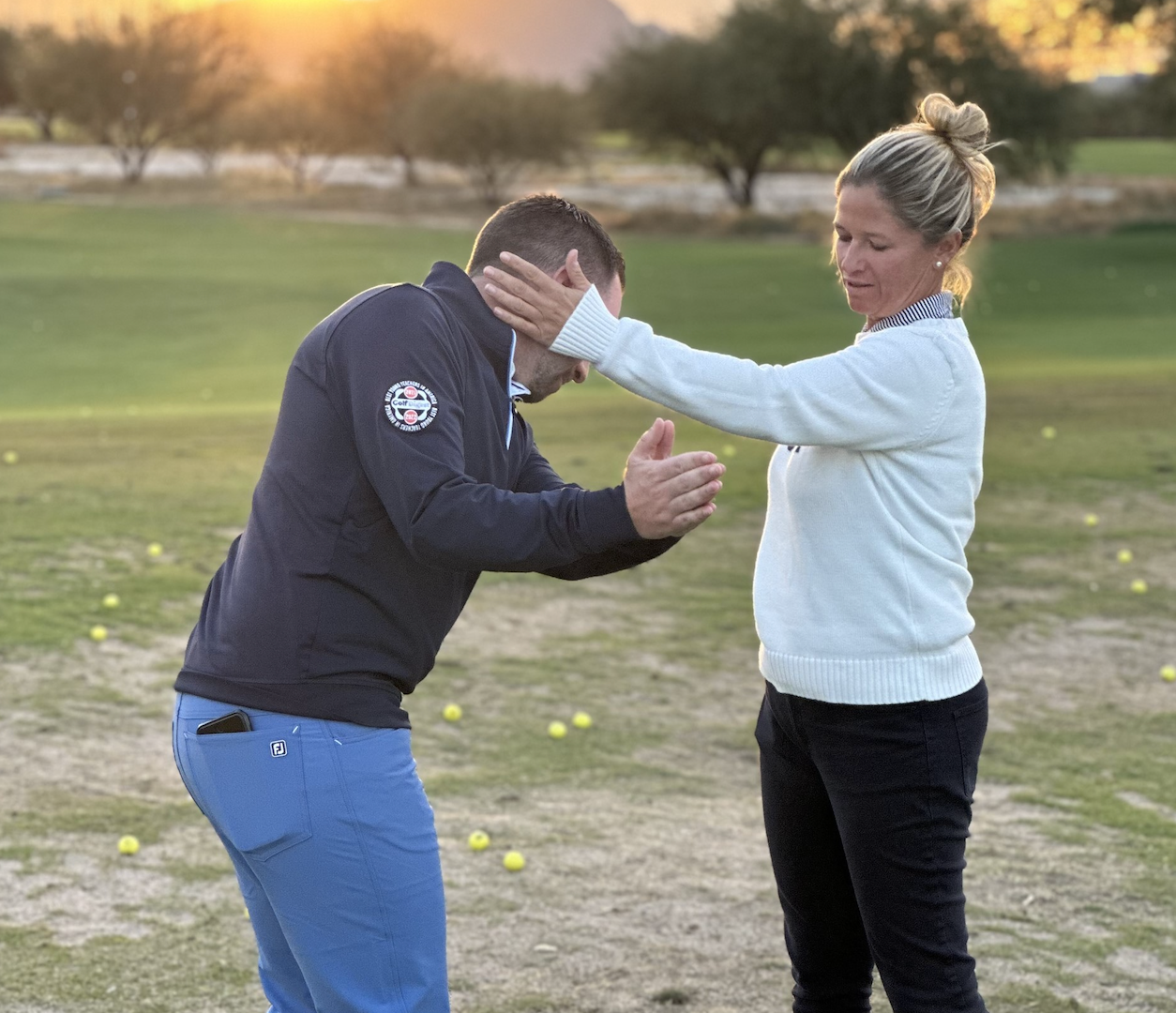
10. Sarah Stone
Tip: How to close your clubface correctly
I believe it’s important to understand the difference between closing the clubface with your body, and doing it with your hands, wrists and forearms.
Closing the clubface means getting the toe of the club to the ball before the heel. I find less-experienced golfers like to guide the ball to the target with their upper body, rather than using their arms or hands.
Try swinging a club slowly with your feet together to observe the face rotating, closed at both impact and past. This exercise should give you awareness of the face rotation in your swing, while helping you hit more shots straighter!

11. Stephen Sweeney
Tip: Try this left hand, right hand, two-handed putting drill
To help develop feel in both hands, as well as work on speed control and putter-face control, putting with just one hand on the club can be a huge help.
With just the right hand on the putter, place the left arm behind your back and practice making 4-foot straight putts. After making five in a row, switch hands and repeat the drill with the left hand next.
Now, with both hands on the putter, the goal is to incorporate that same feel, seeing how both hands work together to produce a smooth and rhythmic stroke.
Once you’ve mastered this, try completing the more advanced version of the drill — by repeating it on left-to-right and right-to-left breaking putts.
It’s tougher than it seems, and is a great way to practice putter control and feel.

12. Stan Utley
Tip: Move from failure to failure with no loss of enthusiasm
I believe the key to this Winston Churchill statement lies in our ability to learn from our failures, so one saying I like to share with my students is “best questions win.”
The first reaction following a golf shot should be, “where do I direct my first question?” The answer? Ask the ball what happened.
One of the most frustrating moments I experience with my students is when they hit their shot and immediately turn and look at me. I need them to watch the ball. I need them to ask the ball what happened.
For example, if their shot went way right, we have questions to help determine why.
Were they aimed to the right? Was their swing path to the right? Was their clubface open at impact?
Once we start asking the correct questions based on what the ball has done, we can begin to properly assess our own games. The power to do so correctly gives us the ability to stay enthusiastic in the midst of failure — all in the hope of finding the answer to the best questions!

13. Trent Wearner
Tip: Break your practice sessions into two categories
Golf is the worst-practiced sport in the world, especially as it relates to how people attempt to acquire a swing improvement, and how they try to ready themselves for on-course performance.
For this reason, it’s important that your practice sessions be broken up into two categories: technique versus readying themselves for getting one try.
When working on your technique, make sure you take 5-10 practice swings. Exaggerating those same moments will help you before every shot you hit.
When focusing on your on-course preparation, it’s vital to switch gears and alternate between clubs. By resisting the urge to redo a shot, choosing different targets, hitting different shots, gauging the wind, and using your rangefinder, you’ll mentally prepare for the one shot you get during a round — unlike the multiple attempts you have on a driving range.

14. David Woods
Tip: Use the short game to understand impact
In my opinion, every golfer should work hard at their chipping and pitching, as it’s the foundation of fundamentally understanding ball impact.
Not only will you see short game improvements, but, more importantly, it will teach you proper shaft lean, low point control, and optimal dynamic loft delivery. This will all translate to better ball-striking when applying it to your full swing.

15. Joey Wuertemberger
Tip: How to improve your putting speed control
If you find yourself missing too many putts, you’re most likely mismanaging your speed control.
Are you hitting putts too hard? Or, worse, are your shorter putts not even getting to the hole?
Try this drill when practicing to give yourself an honest assessment of how good you are at maintaining pro-level speed.
Place a tee six inches past the hole, and pay attention to how close your ball is relative to the tee. By focusing on the tee, it will improve your speed, and also increase your chances of holing more putts.
Putting Mirror
$49.99
View Product



